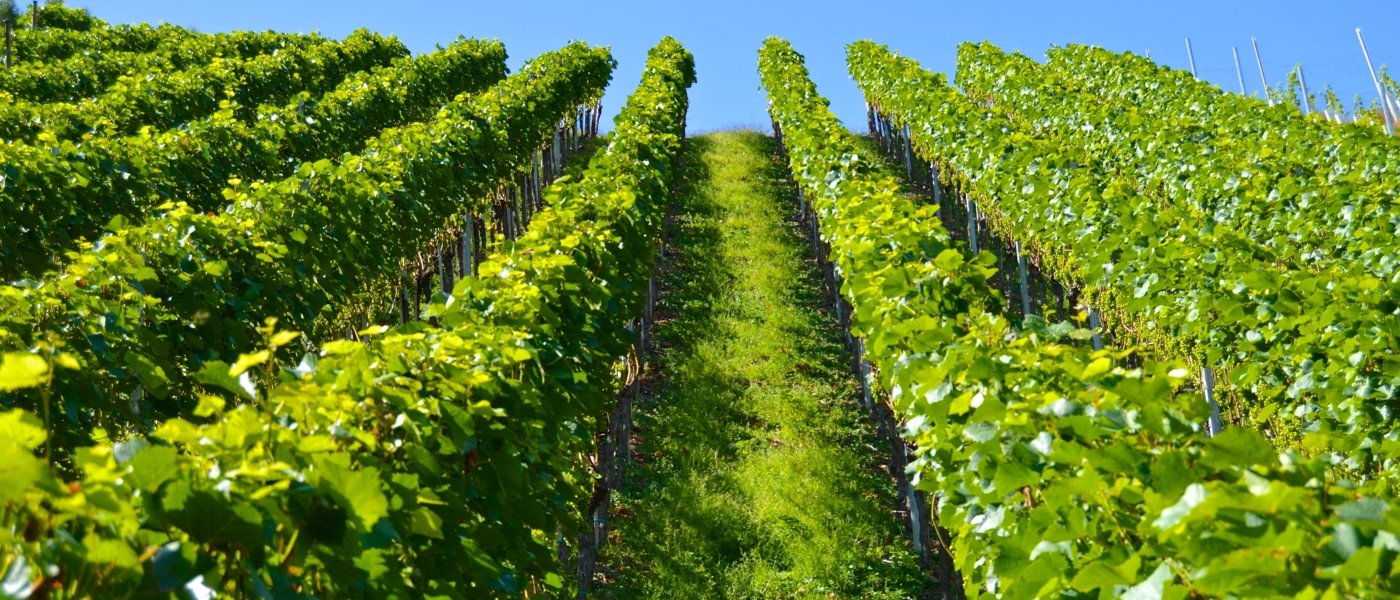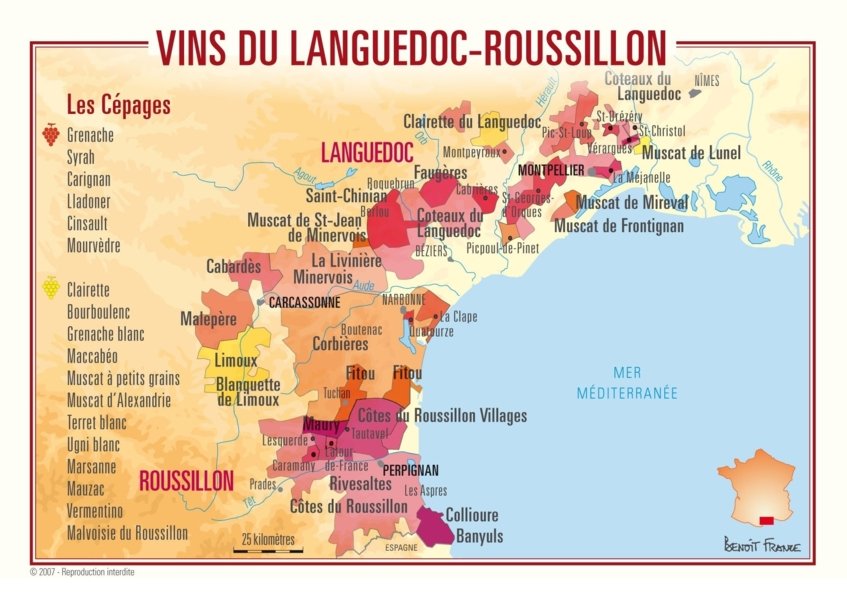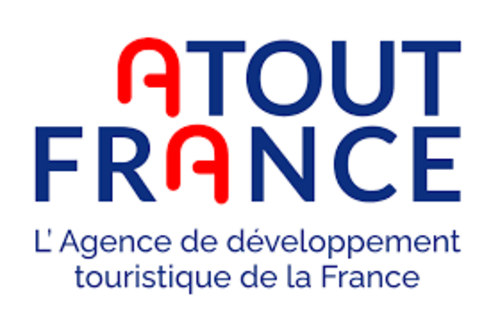However, there has been a gradual shift in more recent times to replace high yield grape varieties such as Carignan with better quality blends using European varietals including Grenache – establishing more quality producers on the Languedoc wine map. Most wines from the region still fall under the vin ordinaire (table wine) and vins de pays (country wine) classifications, but there are several higher quality Appellation d'origine controlee (AOC) appellations producing premium wines of outstanding value.
The Languedoc Roussillon wine map covers a vast area in southern France that stretches across the Mediterranean coast from Nimes and Montpellier in the east, around the Gulf of Lyon to the Spanish border. As the double-barrelled name suggests, Languedoc and Roussillon were once independent regions in their own right. And, although they have been classed together, the pair share different geography and cultures; Languedoc is a quintessentially French region located on the coastal plains, while Roussillon settles on the clifftops or foothills of the Pyrenees and carries more Spanish and Catalan influences.
The Languedoc wine map is dominated by red wines, with Grenache more prolific in the east while Shiraz flourishes in the east. There are also appellations producing some interesting white wines and roses, typically from Grenache Blanc – while the region is also the birthplace of France’s first sparkling wines.
Here is an overview of the most renowned regions on the Languedoc Roussillon wine map:
Settled in the centre of the Languedoc Roussillon region is Saint Chinian, which was awarded France’s AOC classification in 1982, and produces a variety of red, rose and white wines primarily using Grenache, Cinsault and Carignan. Close to Saint Chinian, Faugeres is nestled on hills of Herault off the coast that carry a high concentration of schist soils ideal for growing aromatic red grape varieties such as Grenache to produce well rounded blends with matured fruit flavours and soft tannins.
Picpoul de Pinet is a white wine appellation that produces full-bodied varieties, mostly from Piquepoul – one of the oldest grapes on the Languedoc wine map.
Corbieres is undergoing an exciting rejuvenation with several smallholders dedicated to producing slightly wild red wines with real quality and integrity with blends from Carignan, Shiraz and Grenache.
Limoux and Blanquette de Limoux are where you will find the region’s sparkling wines, which are produced using the same methode traditionnelle as Champagne. In fact, the famous Dom Perignon is said to have learned the secret from Saint Hilaire monks during a visit here before returning the recipe to Champagne.
At Wine Paths, our local experts can plot a course of exclusive tours through the Languedoc wine map that includes elaborate tastings, luxury stays, fine dining experiences and unique activities across the region. The best time to explore the Languedoc wine region map is between mid-April and mid-October when the sun-kissed Mediterranean climate is at its finest. All of our tours can be tailor-made to meet your exact specifications, ensuring every detail is taken care of so that you can relax and enjoy the wines, weather and beautiful, virginal countryside.
If you're interested in one of our Languedoc Wine Tours, please visit this link.








